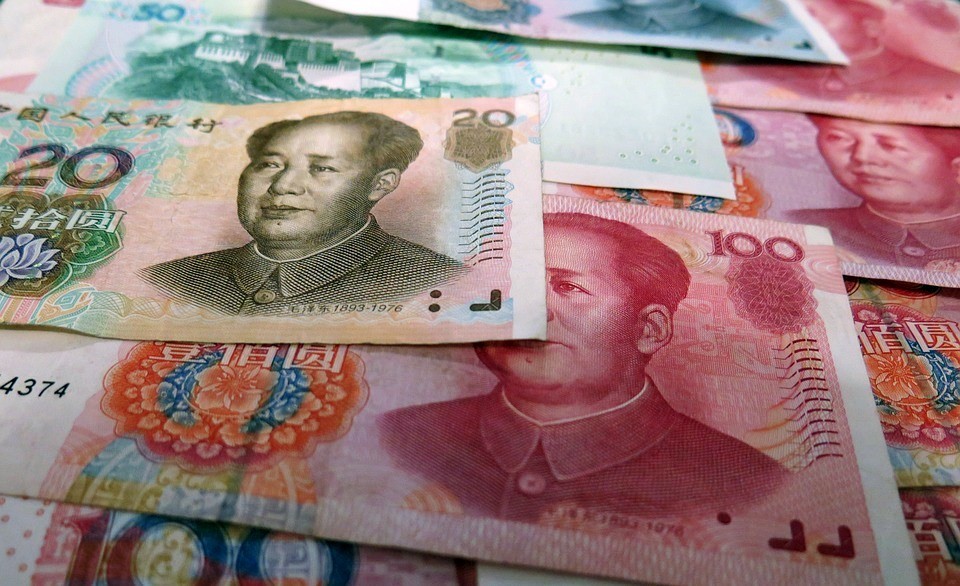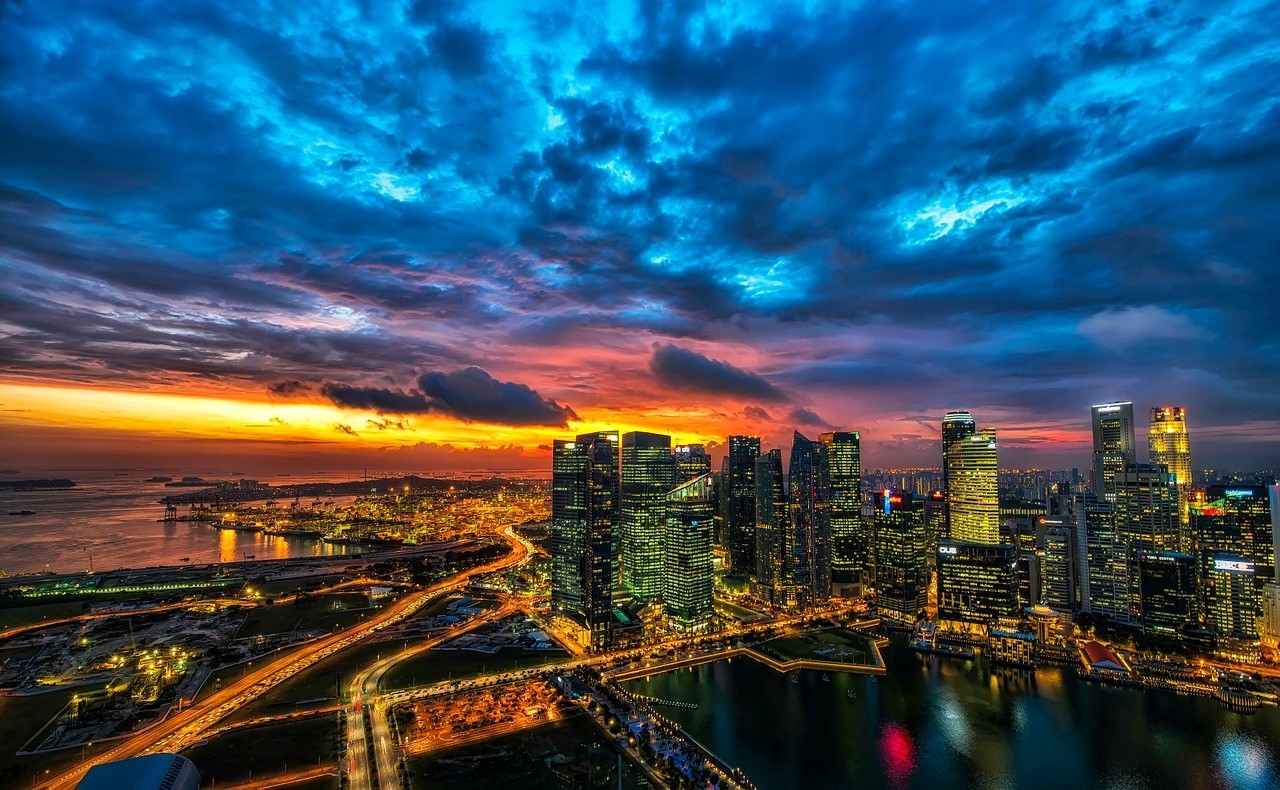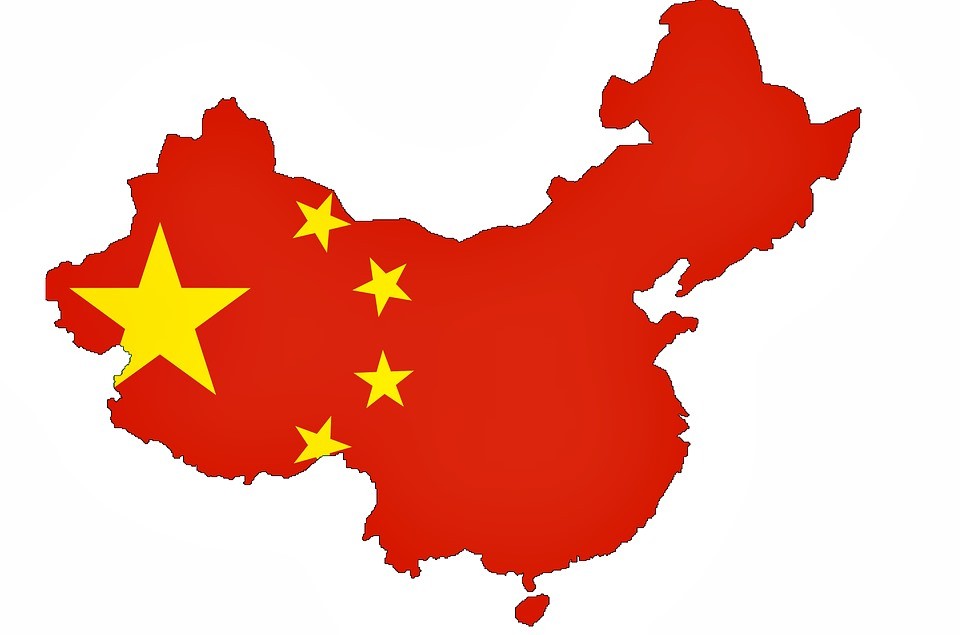Social Media
Plagiarism and Your Copyright Rights

It is a sobering fact – plagiarism is part of a writers life. I have been posting articles on the internet since 1999 and having my content "stolen" was commonplace.
There is a saying: "Imitation is the sincerest form of flattery". I just wish they had chosen to copy my red robe and UGG slippers.
Last week, I was hit again. This time it was an e-book. As a "competitor" I purchase several formatting books each month. Not to steal content, but to read other avenues (there IS more than one way to format your book) and to make sure my content was not pilfered.
I found an ebook that was well written and clean. And for the first 78% it was fine, then I read the final 3 chapters. What the% @ #! *! My words were staring back at me from my iPad. Even the typo!
After 4 hours of investigating, I discovered the perpetrator used a pseudonym for his ebook; I discovered his "real" name, his Twitter and Facebook accounts, his mailing address and phone number AND where he worked. I was a regular Sherlock Holmes' 2nd cousin twice removed.
But the real rub? He was one of my customers! Once I had his real name, I found his order where he purchased my Kit and then copied content directly from the PDF into his ebook.
So what can you do to protect yourself from plagiarism?
Register a Copyright. I know, your work is copyright from the moment you put "pen to paper." BUT, do it anyway. In the US, the cost is only $ 35, and it protects you Internationally.
Keep a sharp eye. You can not be everywhere at once, but your readers can (almost). I have a very loyal customer base and they rallied to my side when I was attacked.
Buy books that are "suspect". Check the "look Inside" or get a sample of the book. both are free. If you see similarities, then purchase the book. You can ask for a refund within 4 days, if you wish. I do not recommend you habitually purchase and return as this may flag your account.
What to do if you find your work has been plagiarized?
FIRST. DO NOT CONTACT THE OFFENDER. No matter how tempting it may be, do not hurt yourself by a direct attack. Leave that to the store's legal department and your own lawyer. If you have a legal claim, then the store will do everything in their power to remove the problem for fear of retribution.
SECOND. Contact the Store. In my case the offender was on Amazon. On the bottom of every product page is a blue box labeled "Feedback". There are several options you can choose to comment on the product, including:
Do you believe that this item violates a copyright? Click here
Amazon takes Copyright Infringement very seriously. I was misinformed on that fact by a reputable lawyer and fully expected to never hear back from Amazon on the matter. I was pleasantly surprised when 2 days after contacting Amazon's Legal Department, I was notified the offending material would be taken down. (Note: it takes about 3 days for the book to come down– I imagine that they have a lot of cases to deal with.)
THIRD. Get a lawyer. One that can at least draw up a Cease and Desist. Do a lot of the leg work yourself and be prepared. Having a registered copyright is a big plus especially if you will be filing a claim internationally. If you are paying a lawyer $ XXX / hour, you want to get in and out quickly.
Helpful Information
Copyright Registration (US)
Amazon's Notice and Procedure for Making Claims of Copyright Infringement
If you believe that your work has been copied in a way that constitutes copyright infringement, please provide Amazon.com's copyright agent the written information specified below. Please note that this procedure is exclusively for notifying Amazon that your copyrighted material has been infringed.
- An electronic or physical signature of the person authorized to act on behalf of the owner of the copyright interest;
- A description of the copyrighted work that you claim has been infringed upon;
- A description of where the material that you claim is infringing is located on the site, including the auction ID number, if applicable;
- Your address, telephone number, and e-mail address;
- A statement by you that you have a good-faith belief that the disputed use is not authorized by the copyright owner, its agent, or the law;
- A statement by you, made under penalty of perjury, that the above information in your notice is accurate and that you are the copyright owner or authorized to act on the copyright owner's behalf.
Once you have compiled your information you can email, mail or fax. I decided to fax it and made a note of the date and time. I also followed up through their contact form of the offense.
Amazon.com's Copyright Agent for notice of claims of copyright infringement on its site can be reached as follows:
Copyright Agent
Amazon.com Legal Department
PO Box 81226
Seattle, WA 98108
phone: (206) 266-4064
fax: (206) 266-7010
-mail by E: Copyright@amazon.com
Courier address:
Copyright Agent
Amazon.com Legal Department
410 Terry Avenue North
Seattle, WA 98109-5210
USA
Outcome
The offending book is to be removed from Amazon by Tuesday. My lawyer will be sending a Cease & Desist letter to the offender to further strengthen my claim and hopefully deter any future violations.
One of the best outcomes from this entire situation was the outpouring of support from readers and customers. I can not even tell you how amazing that felt.
Social Media
The Phantom Growth of China's Ghost Cities

Bloomberg has a new video series out called "China's Ghost Cities."
The reporter, Adam Johnson, describes how the Chinese government is building massive cities that no one lives in yet. The expectation is that China is going to "grow" into these cities.
A remarkable idea, really. The authoritarian planners in Beijing or where decide it would be good if, say, a million people or more could relocate to a pre-planned area.
Then they build out the infrastructure – or rather the entire metropolis, skyscrapers, stops and all – and wait.
Stop for a moment and ponder how nutty this is. The last time your editor checked, central planning was not a huge success. According to history, bureaucrats wielding directives over long distances tend to allocate resources poorly.
But are ghost cities a recipe for a bust? Some say no. The Bloomberg reporter, for instance, assures us that China's economies are different – that is to say, "it's different this time." (Where have we heard that before …)
It is supposedly OK that these ghost cities, built for millions of refugees, have only tens of thousands of people living in them – because all that deserted square footage will eventually be put to good use.
As a bonus, building ghost cities is great for economic growth.
Via running superhighways out to the middle of nowhere, erecting steel and glass towers in the boondocks, China generates new jobs in construction, civil engineering, city planning and the like. All this construction looks fabulous on paper. The ghostly infrastructure gets counted as productive output, and the super-aggressive GDP target is maintained.
But what is wrong with that picture?
For one, there is the central planning problem. Growth and development are free market forces, with signature marks of trial and error. Successful cities are built from the ground up, not decreed by bureaucrat stamp. So how does the government know where a new metropolis should go, or what its optimal size should be?
Then you have the accounting problems. Should the promise of tomorrow be so read reflected on balance sheets today?
Imagine if a public corporation said, "We are going to grow 20% per year by building idle factories in the middle of nowhere, that no one is going to use for quite some time. will show up. We'll make a profit on them ever. Just do not ask when. "
Such a plan would be brutalized by the market, because public companies are held accountable for profits and return on investment (ROI). (At least most of the time – in bubble times investors will happily suspend their rational faculties.)
The Chinese government, of course, does not have to seek profit in its actions. Or it can measure results in some entirely non-traditional way, via "how many jobs did we create" or "how do the GDP numbers look."
At the end of the day, the "ghost city" mandate is directly channeling John Maynard Keynes, who once suggested digging holes, then filling them up again as a way to put men to work.
China is being more sophisticated. Rather than digging holes, it is putting up buildings. The effect is the same though. "Some day" the empty skyscrapers will have value – if they are not condemned as worn-out structures first – but until then they are just holes.
China bulls are not bothered by the ghost cities for at least three reasons.
First, they have convinced themselves (with more than a bit of faith) that the empty metropoli will one day (sooner rather than later) be full.
Second, they figure China has a lot of money to burn even if the ghost cities do not work out.
And third, as the old saying goes, "a rolling loan growers no loss." As long as the specialized music is playing, the property developers can keep dancing.
The trouble, as always, comes when the music stops. If China turns out to have built, say, 20 years of excess capacity by the time that happens, then hundreds of billions' worth of stagnant projects will have to be written off.
Tougher still is the idea that China's "economic miracle" is actually a heavily leveraged bet on mercantilism … propped up by runaway construction … with the tail end of the boom pushed recklessly from pie-in-the-sky projections for future growth.
That is another favorite tactic of investment manias: Along with the empire of forever skyward growth curves, mortgaging tomorrow (and borrowing against it) for the sake of today.
Even if China can write checks to cover the write-off costs of all those cities, there is a big multiple built in to the global economy right now on the assumption that China growth is the real deal. When it sinks in that much of growth is actually "ghost" or "phantom" growth – in keeping with these empty monuments to now – the collapse of that multiple could hurt.
Social Media
The Chinese Water Lantern Festival

The Chinese have designed and crafted lanterns that can float in water and glide in the air. Though sky lanterns were initially crafted as a device, to send signals, today they are used as decorative articles. Water Lanterns in Chinese festivals have its own importance.
There is an interesting story to the History of Chinese lanterns. It was believed that these lanterns, both the sky lanterns and the Water lanterns used in Chinese festivals were initially created out of necessity rather than artifacts for decorations. The Chinese have a history of inventing several new things and also leading the way in several new technologies. But, initially, the Chinese did not have access to or the knowhow to make a vital building material – Glass. Hence they did not have glass lanterns or glass windows. On the other hand, they had the skill of making paper. The paper industry in china was so advanced that it could produce paper that was very thin, to let light pass through it. They could also add beautiful colors and embellishments to the paper. Thus was born, the world’s first source of portable light – the lantern.
These lanterns were then gradually adapted to float in water and glide in the sky. Such was the skill of the Chinese craftsmen that these lanterns were used for lighting public places, homes and even battlefields. There is a story of a military strategist Zhuge Liang, having used paper lanterns to help the army march by night and attack by the day.
Over time, this battlefield beacon turned into an epitome of hope and wellbeing and festivity. The origin of the Lantern festival can be dated back to the Han Dynasty. During this time, the city is decorated with lanterns that are beautifully crafted in different shapes and sizes and then displayed with wishes or riddles written on them.
Water lanterns in Chinese festivals like the Moon Festival are a major tourist attraction. People from all over the world come to witness this event. On this day children and adults make or buy Water lanterns and write wishes on them. They then set these lanterns afloat in the water under the moonlight and watch them float away.
Water Lanterns in Chinese Festivals alongside other lanterns are used to light up the way to guide the spirit of their ancestors to come and bless them. Even today this tradition is followed, and people decorate their homes and public places to welcome their ancestors.
Health
Keemun Black Tea From China – Caffeine Content, Health Benefits, And Other Properties

Keemun is a type of Chinese black tea, originating in Qimen county of Anhui Province, China. This article gives an overview of the caffeine content, health benefits, and other properties of Keemun.
Keemun is primarily produced in Anhui province, but teas in this style have also begun to be produced in nearby Hubei, as well as in Jiangxi, and even in Taiwan. Keemun is usually described as having an earthy aroma, and its overall character is quite different from Indian and Ceylon teas. My personal perspective is that Keemun has a richer, warmer quality, often reminiscent of dried fruit, and in higher grades, a pleasing hint of wood or wood smoke. These teas are rich and full-bodied, and are among my favorite black teas.
Caffeine content:
Although you may be looking for more concrete information, it is hard to generalize about the caffeine content of Keemun. Even though it originates primarily in one region and shares certain aspects of production, Keemun is fairly diverse, coming in different grades. As a general rule though, Keemun is often in the moderate to high end of caffeine content, among teas, which means that it still has considerably less caffeine than a typical cup of coffee. Keemun has historically been used in breakfast blends, where strongly caffeinated teas were desired
Health benefits:
Keemun has actually been the subject of direct scientific study., in association with weight loss in animal studies. There is only a small amount of research referring specifically to this variety of tea, however, so most of what can be said about Keemun must be inferred from general studies about black tea.
Although green tea has a stronger association with supposed “health benefits” in the public consciousness in the United States, this association may be skewed by historical factors. Much of the early research on tea and health was conducted in Japan, where tea is synonymous with green tea. Subsequent research has found substantial evidence that black tea is healthy as well. In the absence of more reserach specifically looking at Keemun, it seems reasonable to conclude that Keemun is likely to have a similar amonut of health benefits to black tea.
Locating high-quality Keemun:
My recommendation, if you want to buy the best Keemun, is to buy exclusively loose-leaf. My experience is that the best Keemun is usually sold by companies that specialize in Chinese tea. Because they store relatively well, Chinese black teas, even those of considerably high quality, tend to be relatively inexpensive, with all but the highest grades (Keemun Hao Ya A and B, and Keemun Mao Feng) costing well under $10 for about 1/4 pound or about 100-125 grams. A few companies, including Rishi Tea, Arbor Teas, and Little Red Cup, sell fair trade certified Keemun, produced in Hubei, Anhui, and Jiangxi provinces, respectively.












